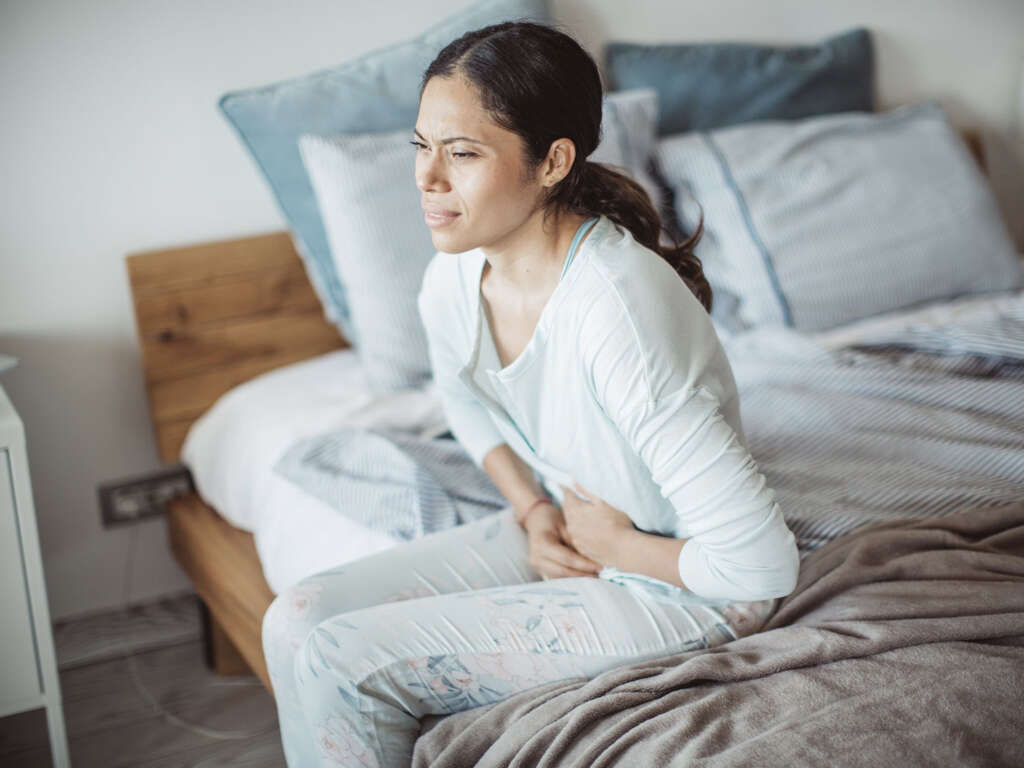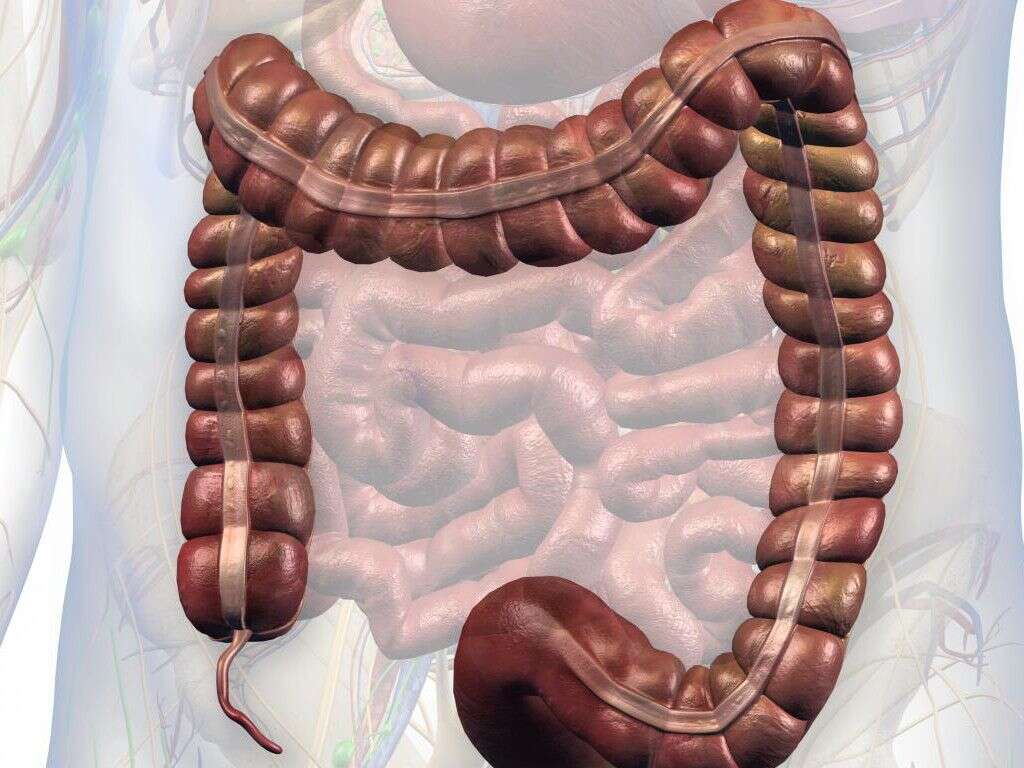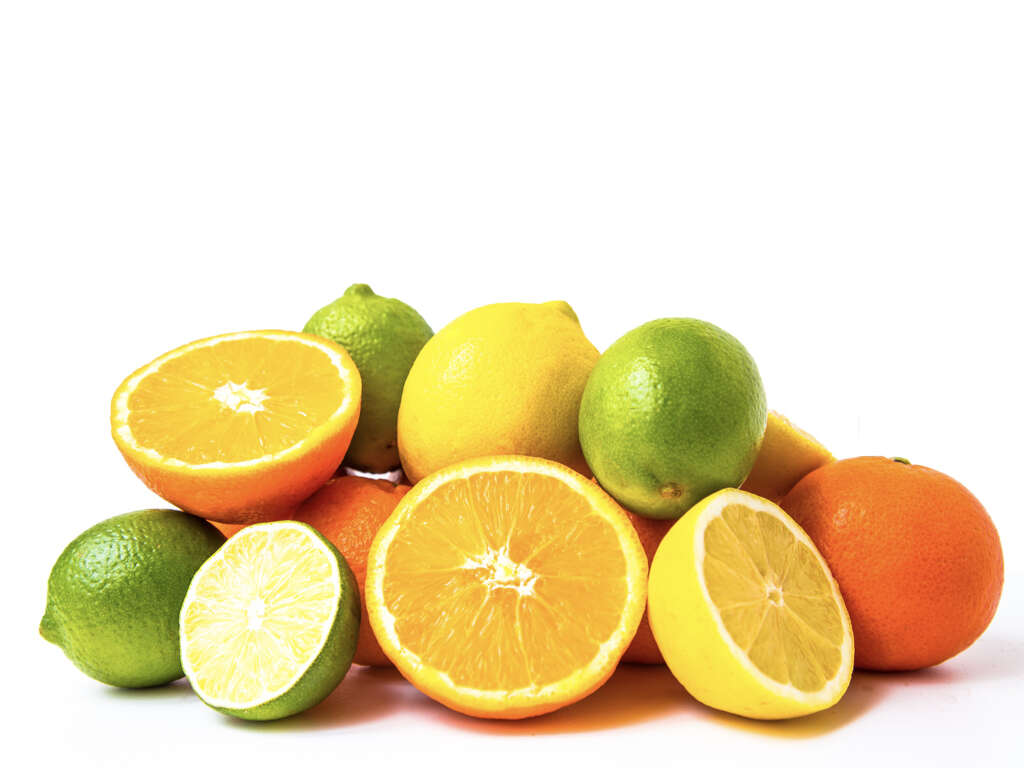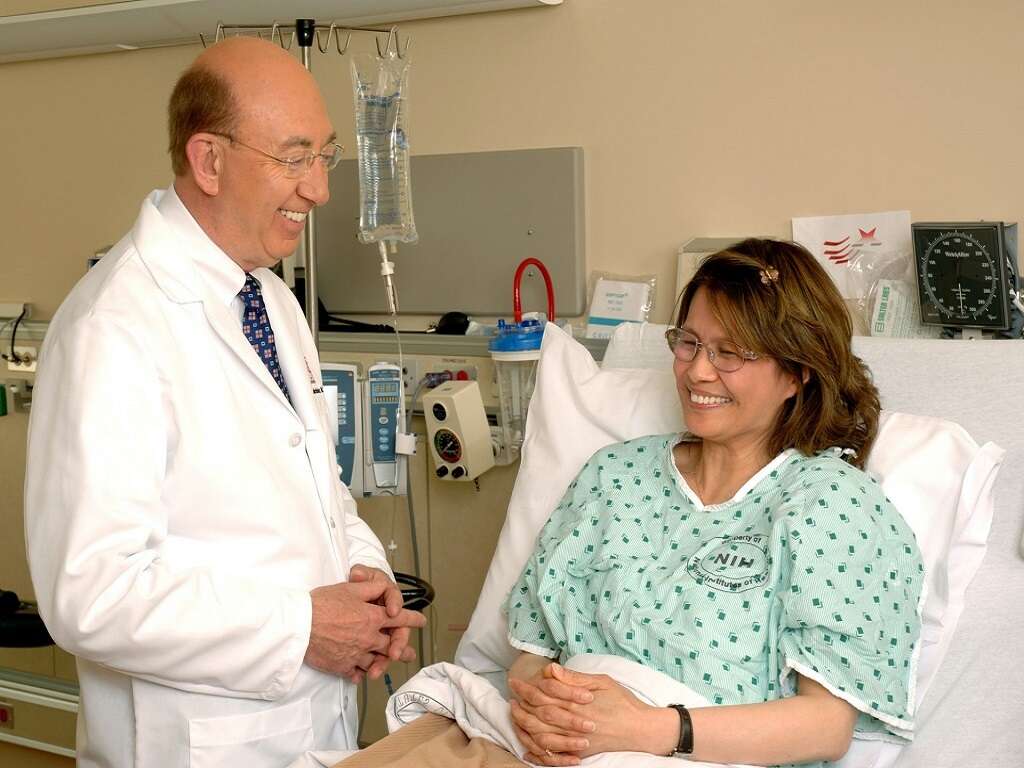10 Common Causes of Upper Stomach Pain
 Article Sources
Article Sources
- 1. 'Belching, Bloating, and Flatulence. 'American College of Gastroenterology, gi.org/topics/belching-bloating-and-flatulence/
- 2. 'Gastritis 'Mayo Clinic, Mayo Foundation for Medical Education and Research, 3 Apr. 2020, www.mayoclinic.org/diseases-conditions/gastritis/symptoms-causes/syc-20355807
- 3. UHBlog. 'The Best and Worst Foods When You Have Acid Reflux. 'List of the Best and Worst Foods for Acid Reflux - What to Eat and Avoid | University Hospitals, University Hospitals, 16 Apr. 2014, www.uhhospitals.org/Healthy-at-UH/articles/2014/04/best-and-worst-foods-for-acid-reflux
- 4. 'Appendicitis' Mayo Clinic, Mayo Foundation for Medical Education and Research, 24 May 2019, www.mayoclinic.org/diseases-conditions/appendicitis/symptoms-causes/syc-20369543#:~:text=
- 5. 'Symptoms of Infection with Hepatitis C. 'Hepatitis C Trust, [www.hepctrust.org.uk/information/symptoms-hepatitis-c.](http://www.hepctrust.org.uk/information/symptoms-hepatitis-c.)
- 6. 'Peptic Ulcer.' Mayo Clinic, Mayo Foundation for Medical Education and Research, 6 Aug. 2020, www.mayoclinic.org/diseases-conditions/peptic-ulcer/diagnosis-treatment/drc-20354229
Most individuals have, at some point, complained about have a stomachache occurring in the upper area of their abdomen. There are many reasons as to why the pain ranges from extremely bad to somewhat uncomfortable, whether it's due to pain tolerance or a more notable issue.
Although many common causes of upper stomach pain, such as gas or stomach viruses, shouldn't be a major concern, others may require medical treatment. The anatomy of the upper stomach comprises several vital structures, including the liver, pancreas, upper intestines and gallbladder. Any one of these could cause pain in the upper stomach.

Gas
Gas is the most common cause of upper stomach pain and the easiest to treat. Although gas occurs naturally in the intestines and digestive tract, it can sometimes accumulate so much that it causes bloating and feelings of fullness and pressure.1‘Belching, Bloating, and Flatulence. ‘American College of Gastroenterology, gi.org/topics/belching-bloating-and-flatulence/
Symptoms of gas include burping, the passing of gas, a swollen stomach, the feeling of movement within the stomach and constipation or diarrhea. Gas generally goes away without treatment. If treatment is required, over-the-counter medicines are usually sufficient. Avoiding certain foods such as Brussels sprouts, broccoli and asparagus can reduce the risks of gas.
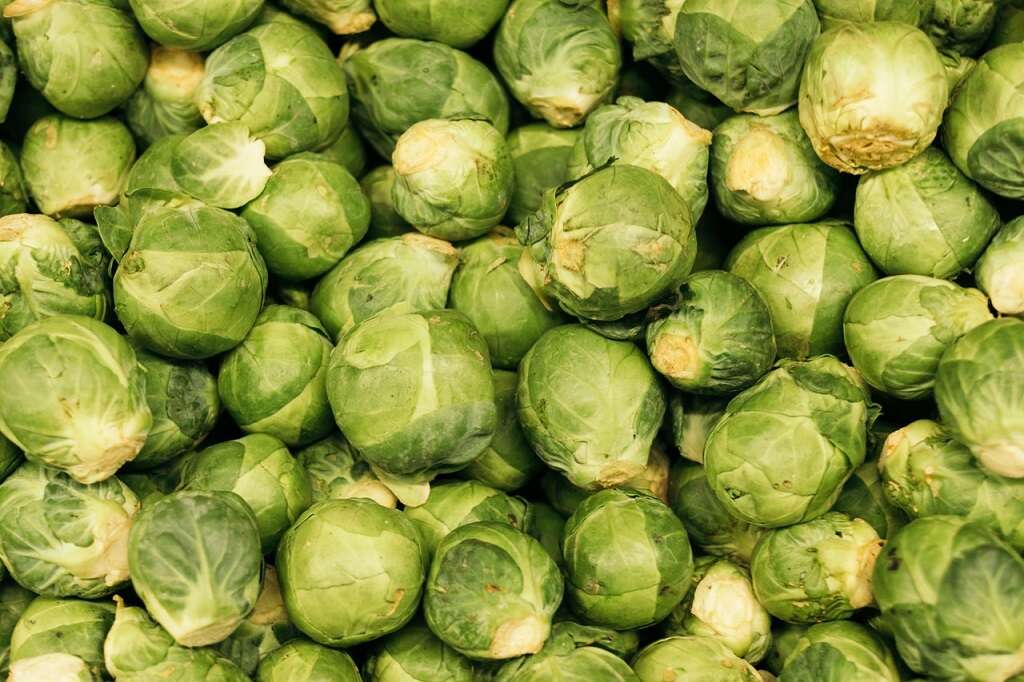
Gastritis
Acute gastritis can occur suddenly and is often caused by such things as bacterial infections, some viruses, stress and ingesting irritants, such as alcohol or steroids.2‘Gastritis ‘Mayo Clinic, Mayo Foundation for Medical Education and Research, 3 Apr. 2020, www.mayoclinic.org/diseases-conditions/gastritis/symptoms-causes/syc-20355807 Acute gastritis can cause the stomach to inflame, making it painful for the individual.
Autoimmune diseases could cause chronic gastritis, such as autoimmune thyroiditis, type one diabetes and Addison's disease. Crohn's disease could also be another cause of chronic gastritis. Bacterial infections are generally managed with antibiotics and eating a less acidic diet.

Acid Indigestion
Otherwise known as dyspepsia, indigestion occurs when the stomach contains too much acid, which often happens when an individual has ingested too much highly acidic food. People can lower the risk of acid indigestion by lowering their intake of foods such as grapefruits, oranges and drinks such as alcohol, tea and coffee.3UHBlog. ‘The Best and Worst Foods When You Have Acid Reflux. ‘List of the Best and Worst Foods for Acid Reflux - What to Eat and Avoid | University Hospitals, University Hospitals, 16 Apr. 2014, www.uhhospitals.org/Healthy-at-UH/articles/2014/04/best-and-worst-foods-for-acid-reflux
The burning sensation in the upper stomach and sometimes in the mouth or throat, which is the main symptom of acid indigestion, can usually be managed with over-the-counter medications.

Gastroenteritis
Stomach viruses such as gastroenteritis could be a cause of upper stomach pain. This short-term illness is triggered by an infection and inflammation in someone's digestive system. The infection can be caused by viruses, bacteria, parasites and some drugs.
Besides the upper stomach pain, other symptoms of gastroenteritis include nausea, vomiting and diarrhea. Most people will find that their symptoms vanish without treatment after a few days. It's important to avoid dehydration. Consuming sports drinks to restore electrolytes can help until symptoms have passed.
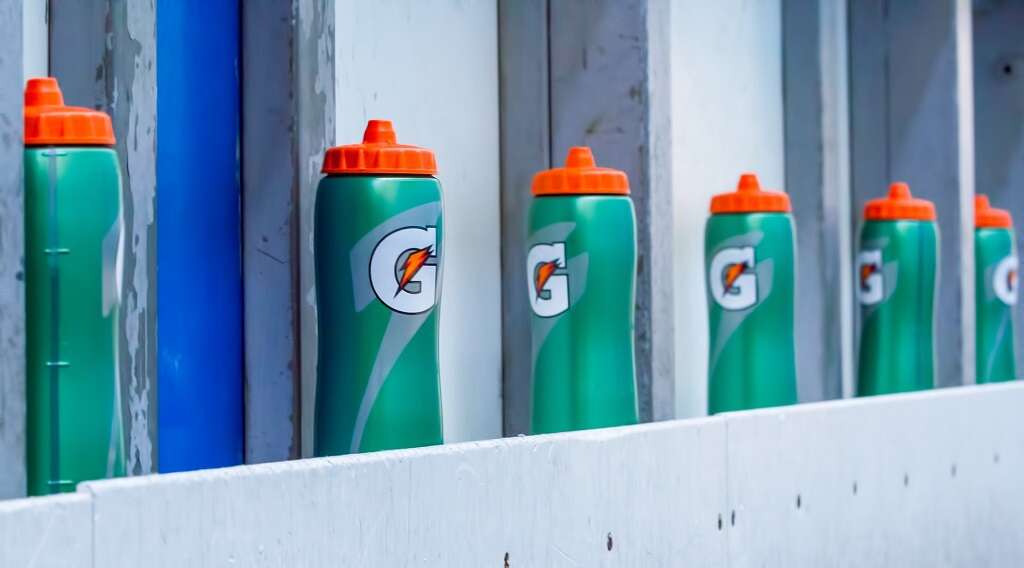
Muscle Injuries
Excessive exercise of the abdomen or not warming up correctly prior to an intense workout could result in a pulled muscle in the abdominal area. Such occurrences can cause pain in the upper stomach.
Symptoms of such an injury can include soreness or tenderness when moving and swelling. It may be possible to stretch the muscle without causing pain. Gentle massages and rest are the best ways of managing a muscle injury, but hot and cold packs may also help.

Appendicitis
Appendicitis is an inflammation caused by a blockage in the lining of the appendix. If left untreated, it will cause the appendix to burst, which can be life threatening.4‘Appendicitis’ Mayo Clinic, Mayo Foundation for Medical Education and Research, 24 May 2019, www.mayoclinic.org/diseases-conditions/appendicitis/symptoms-causes/syc-20369543#:~:text=
The onset of appendicitis could result in an individual experiencing a dull ache in the belly button area. As the infection progresses, this pain will move to the lower right side of the stomach. In most cases, doctors remove the appendix to eliminate the problem.

Gallstones
An imbalance of the structure of the bile inside the gallbladder can cause gallstones to develop. Because the levels of cholesterol in most cases become too high, the excess amounts form into stones. The stones don't always cause an issue, but when they do, the pain can be excruciating.
Intense pain in the upper right stomach, vomiting and fatigue are symptoms commonly experienced. If left untreated, they can affect the functioning of the liver and pancreas. Generally, doctors treat the issue by removing the gallbladder.

Pancreas and Liver Problems
Both hepatitis, commonly caused by an infection and causes pain in the liver, and pancreatitis, an inflammation of the pancreas, could result in pain in the upper right stomach area.
Symptoms of hepatitis include yellow skin or eyes, dark urine, nausea and vomiting.5‘Symptoms of Infection with Hepatitis C. ‘Hepatitis C Trust, www.hepctrust.org.uk/information/symptoms-hepatitis-c. The main symptom of acute pancreatitis is a severe pain that develops suddenly in the center of your tummy. Other symptoms might include vomiting, diarrhea, yellow skin discoloration, fever and indigestion. Treatment depends on the primary cause of the issue.

Bowel Blockage
A blockage in the bowel is a serious issue as it blocks the intestines, making it virtually impossible for anything to pass through. This can cause constipation and problems digesting food as well as causing severe pain.
Symptoms include vomiting, severe cramping and the inability to pass gas or defecate. Left untreated, the bowel can tear and become seriously infected. Certain medications and pain relief often help while sometimes a surgical procedure is required to remove the blockage.
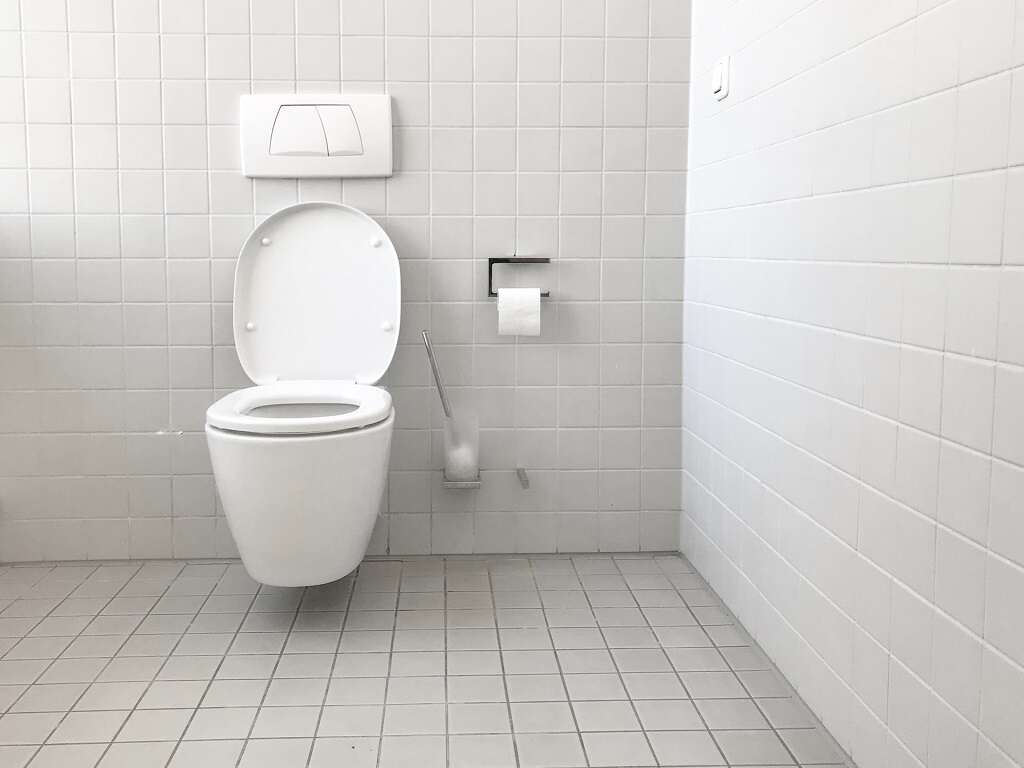
Peptic Ulcer
These can occur on the inside of the stomach lining or the upper section of the intestine. They can be caused by the continuous use of certain painkillers, such as aspirin, or a bacterial infection.
Burning stomach pain in the upper left side of the abdomen or bloating, burping, tolerance of fatty foods, heartburn and nausea are symptoms of peptic ulcers. Treatment is dependent on the cause but will usually involve eradicating the H. pylori bacterium if present.6‘Peptic Ulcer.’ Mayo Clinic, Mayo Foundation for Medical Education and Research, 6 Aug. 2020, www.mayoclinic.org/diseases-conditions/peptic-ulcer/diagnosis-treatment/drc-20354229






